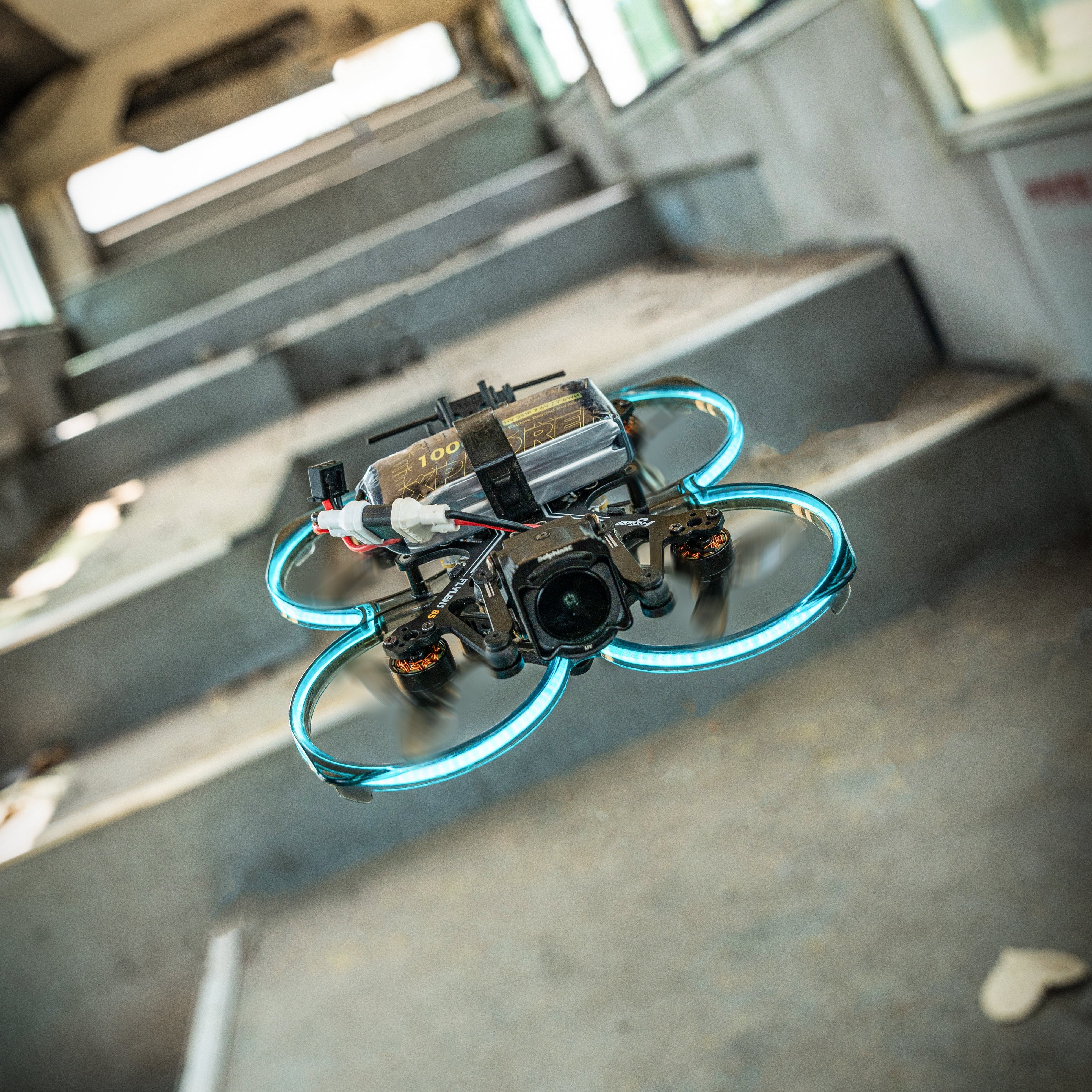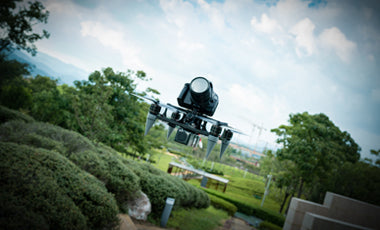
Introduction: Drone propellers play a critical role in determining the performance and flight characteristics of unmanned aerial vehicles (UAVs). Choosing the right material for drone propeller blades is essential to optimize flight efficiency and durability. In this blog post, we will explore various materials commonly used for drone propellers and discuss the factors to consider when selecting the appropriate propeller blades for your drone motor.
-
Carbon Fiber: Carbon fiber is a popular choice for drone propeller blades due to its exceptional strength-to-weight ratio. It offers high stiffness and rigidity, allowing for efficient energy transfer and improved flight performance. Carbon fiber propellers are known for their durability and resistance to bending or warping under stress. They are commonly used in professional and high-performance drones.
-
Plastic Composite: Plastic composite propeller blades, typically made of reinforced nylon or polypropylene, are lightweight and affordable. These materials offer good strength and flexibility, making them suitable for beginner and recreational drones. Plastic composite propellers are less rigid than carbon fiber, which can provide some advantages in terms of shock absorption and reducing vibrations during flight.
-
Wood: Wood propellers have been used in aviation for many years and are still favored by some drone enthusiasts. They are known for their natural damping properties, which help to reduce vibrations and noise during flight. Wood propellers are generally inexpensive and can be easily replaced if damaged. However, they are less durable compared to carbon fiber or plastic composite propellers.
Factors to Consider When Choosing Propeller Blades:
-
Drone Weight and Size: The weight and size of your drone directly influence the selection of propeller blades. Larger drones with heavier payloads require larger propellers with higher thrust capabilities. Smaller drones, on the other hand, require smaller propellers to maintain a balance between efficiency and maneuverability.
-
Motor Specifications: Consider the specifications of your drone motor, particularly the recommended propeller size and motor speed (RPM). Manufacturers often provide guidelines or charts that match specific propeller sizes to motor specifications. Choosing a propeller that matches the motor's recommended RPM range ensures optimal performance and prevents overheating or motor damage.
-
Flight Application: Different flight applications require specific propeller characteristics. For example, if you plan to fly your drone for aerial photography or videography, you may prioritize propellers with low noise and vibration levels. For racing drones, high-speed performance and agility are essential, requiring propellers with efficient thrust generation and maneuverability.
-
Environmental Factors: Consider the environmental conditions in which your drone will operate. Windy environments may require propellers with higher lift capabilities to maintain stability. Similarly, flying in extreme temperatures or high altitudes may necessitate propellers with enhanced durability and performance.
Conclusion: Selecting the right propeller blades for your drone motor is crucial for achieving optimal flight performance and efficiency. By considering factors such as drone weight, motor specifications, flight application, and environmental conditions, you can make an informed decision about the material and design of the propeller blades. Whether it's carbon fiber for high-performance drones or plastic composite for recreational use, choosing the appropriate propellers will ensure an enjoyable and successful drone flying experience.





Leave a comment